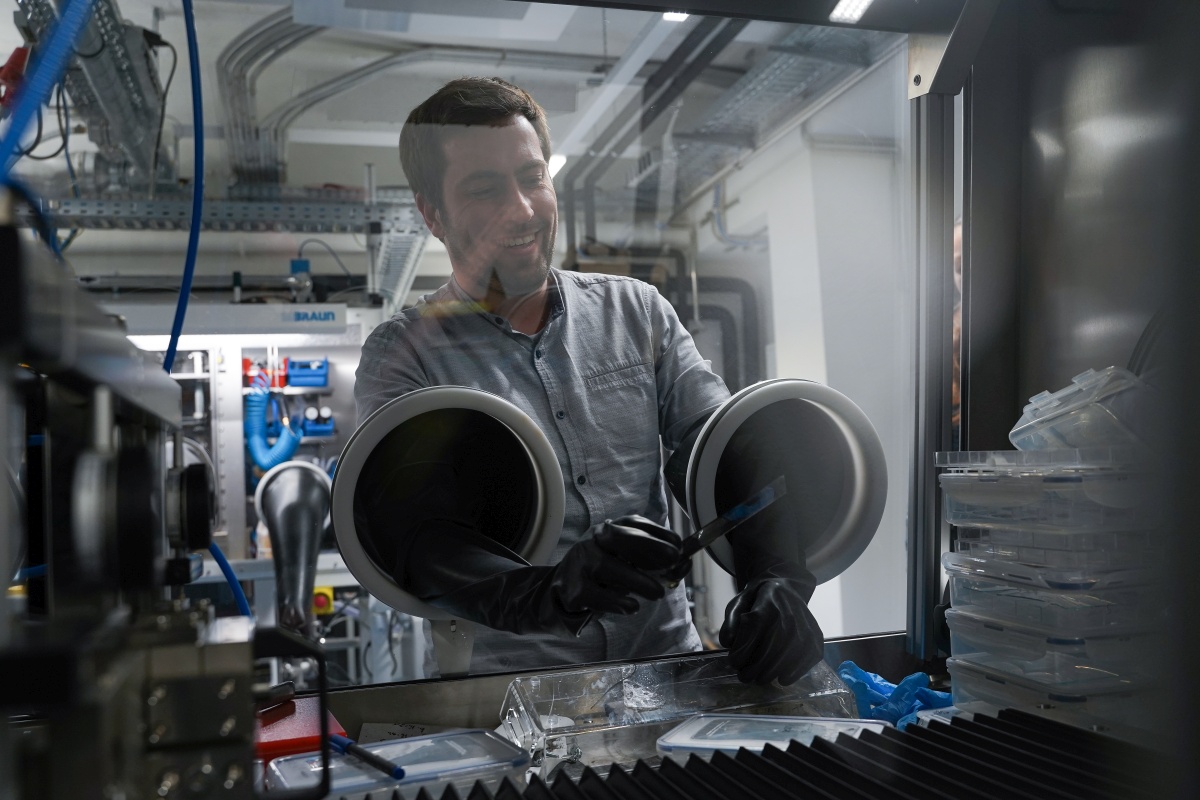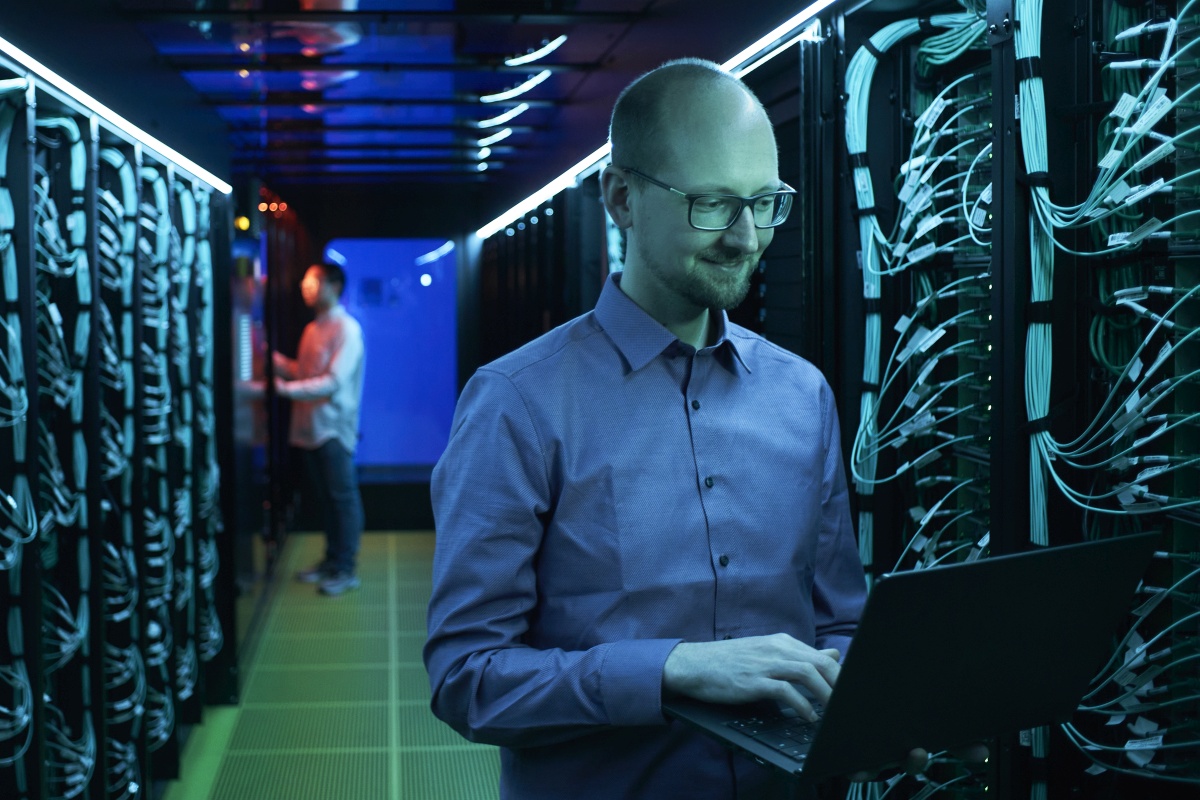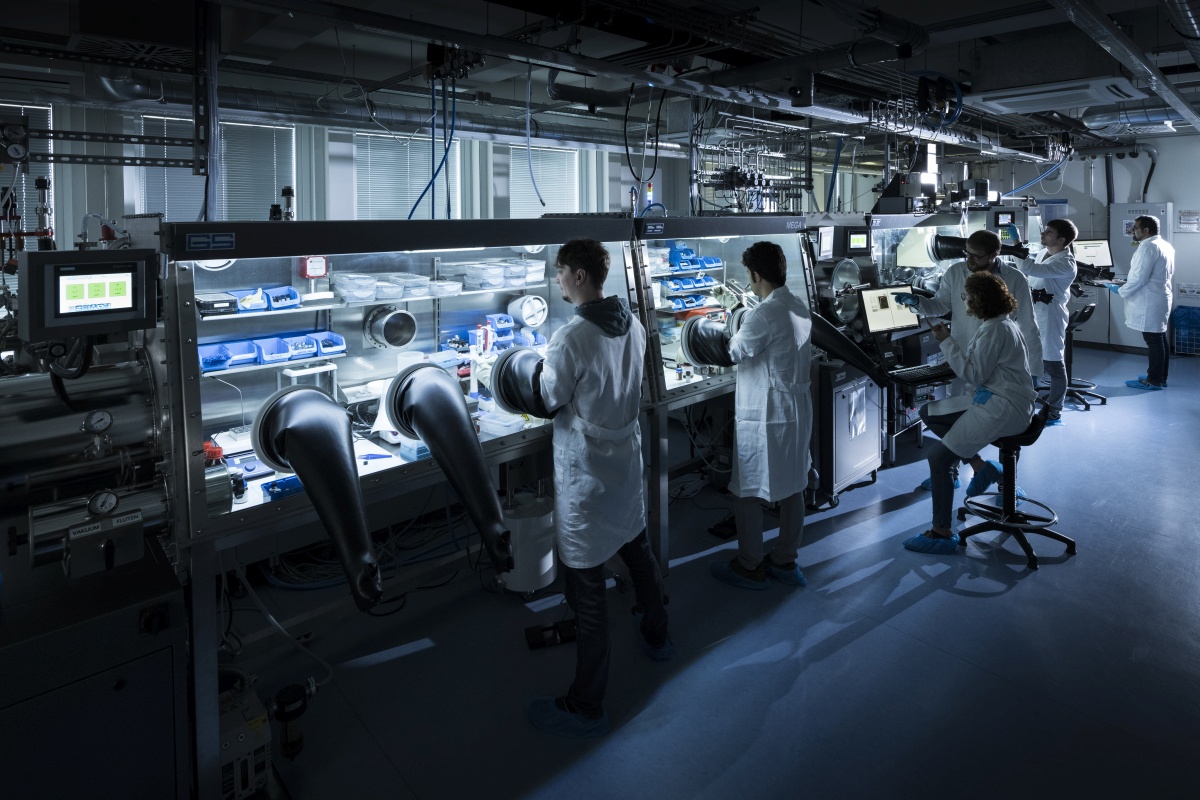Detective Work for a Revolution in Solar Cell Technology
The work of a scientist and that of a detective are somewhat similar: Both search for evidence, analyze data, and follow up on clues to make groundbreaking discoveries. In KIT laboratories, researchers used this approach to develop a new technology that could revolutionize the photovoltaics market by increasing the efficiency of solar cells.
“The search for new, better materials for photovoltaics is essential to accelerate the energy transition. But I rather accidentally discovered perovskite semiconductors. When I was a young postdoc at the Interuniversity Microelectronics Centre in Belgium, I initially wanted to work on organic solar cells. A strategic reorientation just after I started my work then forced me to look for new approaches, and I found perovskite semiconductors,” Professor Ulrich Paetzold describes the start of his detective work.
He has been working on perovskite since 2014 and continued work along this line in 2016 when he moved to KIT’s Institute of Microstructure Technology. “This material class, which is well-suited for photovoltaics, was discovered only a few years ago,” Paetzold says. Perovskite semiconductors are characterized by their specific crystal structure. They have attracted much attention in solar cell research. Compared to classic silicon-based applications, they offer many advantages, such as a high defect tolerance and an outstanding optoelectronic quality. These properties were sufficient for Paetzold to follow this track.

Issue 2025/1 of the lookKIT research magazine looks at the history of KIT on the occasion of the latter’s 200th anniversary.
To the magazineLooking for a Needle in a Haystack
Pascal Friederich from KIT’s Institute of Theoretical Informatics also searched for such a needle. The Tenure-track Professor for Artificial Intelligence in Materials Research had a rather hard nut to crack. “The range of possible materials is virtually infinite,” Friederich explains. “Finding materials having exactly those properties we need for relevant applications is one of the biggest challenges in materials sciences.”
This is where AI comes into play. Machine learning enables researchers to efficiently use existing data in their search for new materials. Friederich used data from hundred photovoltaics materials produced in experiments to train models to systematically select the most promising next experiments. “Thus, an undirected search turns into a targeted and efficient exploration of the best-suited material candidates,” Friederich says.
Combining AI Expertise with Practical Applications
The world’s best detectives are even more efficient when they work in a team. Friederich and Paetzold complement each other perfectly. While Friederich develops algorithms for the efficient search for new materials, Paetzold contributes his knowledge about practical applications and specific experiments. They collaborate in two Helmholtz projects, Solar TAP and SOL-AI, to discover new materials. This approach could make the efficiency of solar cells soar with as little experimenting as possible.
Doing this, they also rely on digital twins, virtual true-to-reality copies of a real object. Thanks to these simulations, the researchers can record data and simulate and correct processes, results, and problems.” In this way, we achieve the best of both the real and the virtual world,” Friederich says. By combining physical understanding with empirical observations, they could reduce the data volume required and still use the advantages of AI methods to accelerate the development of materials.
Challenges and Mysteries of Materials Research
One of the biggest obstacles that still has to be overcome by Friederich and Paetzold is the long-term stability of materials. “Perovskite solar cells tend to degrade when exposed to humidity, oxygen, and high temperatures,” Paetzold says. “These properties impair their durability and efficiency.” Scaling up the production process is yet another problem to be solved. Low-cost and reliable production processes are required for the wide use of the technology by researchers.
As regards AI, there are also problems that still remain to be solved, Friederich adds. “Materials research is still lacking explainable machine learning approaches. We are working on developing models that cannot only make prognoses, but also are able to explain why certain materials have certain properties.” Such explanations might contribute to the development of new theories and models in materials science.
The Future of Solar Cells
“I am optimistic that we will see major progress in the field of solar cells within the next five to ten years,” Paetzold predicts. Pioneering companies are already producing commercially available tandem solar modules based on perovskite and silicon. In the lab, KIT researchers already can achieve efficiencies of more than 30 percent.
Friederich also is confident. “My team will hopefully succeed in developing new, pioneering methods,” he says. “These methods will then be used in collaboration projects to find new materials, in particular in the green energy sector.”
Maximilian Ferber, April 22, 2025
Translated by Dipl.-Übers. M. Schröder



